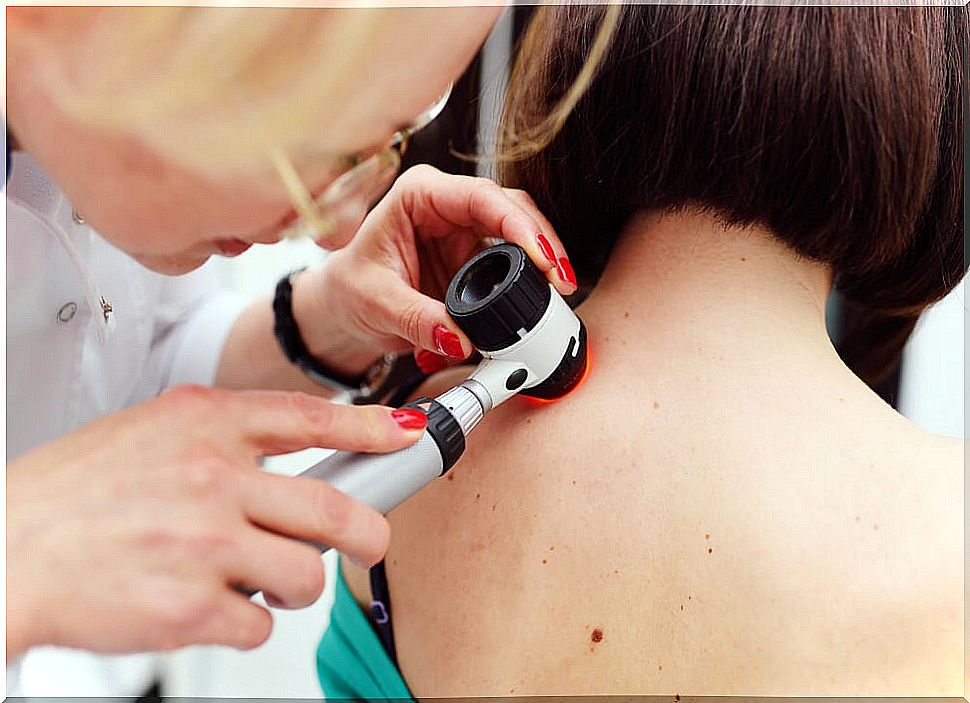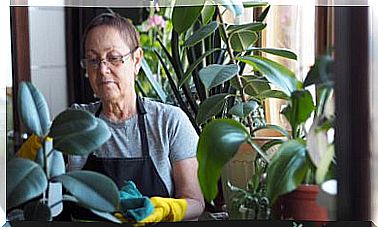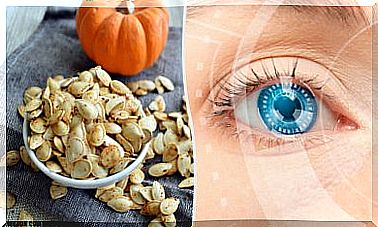Warning Signs Indicating The Presence Of Skin Cancer
Skin cancer is one of the most common tumors, melanoma being the most deadly among them, according to experts from the Spanish Association Against Cancer.
The incidence of this serious condition has increased considerably (even doubling in recent times, according to data from the Center for Disease Control and Prevention).
The main reason for this increase is the lack of common sense when exposing oneself to ultraviolet rays (either solar or artificial, through tanning beds).
The new paradigm of beauty identified as a perfect tan, in addition to a certain level of mass hysteria in trying to achieve it, has also conspired in the widespread mistreatment of the skin.
How to act to help prevent skin cancer?
Most specialists agree when stating that it is not a question of hiding completely from the sun, but of exposing yourself to it with the greatest possible caution. What is asked of people is good sense, sanity and responsibility for their own well-being.
For this reason, the use of sunscreen should be part of the routine of all those who carry out activities in the middle of the day, outside closed spaces.

To use these products, it is not necessary to go to the beach. The damaging action of ultraviolet rays is as lethal in cities or in the mountains as it is on the seashore.
On the other hand, all athletes who practice outdoors and in the sun must also take measures to protect the health of the dermis and help prevent skin cancer.
Beach time
On the beach, care must be taken to the extreme. Experts indicate that protectors should be applied at least 30 minutes before being exposed to the sun and have to have an SPF of 15 or more. In addition, they should be applied regularly every two hours, after getting out of the water or after practicing some physical activity that generates abundant perspiration.
Clothing and some accessories – such as hats – are equally useful to protect the body from the direct and unfiltered action of ultraviolet rays.
On the other hand, tanning beds should not be part of an established routine. Its excessive use can cause the appearance of skin cancer. This is stated in an article published by the Costa Rican Journal of Public Health .
Moles and melanomas
The American Cancer Society would claim that most people have moles, and almost all of them are harmless. However, it is important to recognize changes in a mole (such as its size, shape, color, or texture), which may suggest that a melanoma is developing. Keeping all the moles on the skin under constant observation is one of the most efficient ways to detect the possible appearance of this disease.
At the slightest hint of a change noticeable to the naked eye, all alarm signals should be triggered. Likewise, the attention of a specialist doctor is required without delay. We cannot forget that some melanomas appear after the improper evolution of a freckle.
Some of the unwanted changes that moles can present are:
- Increase in size.
- Asymmetric shapes.
- Non-uniform edges.
They can also start to itch and bleed. In some cases, points that were unicolored (black or brown), begin to acquire red, blue or white tones.
Other warning signs of skin cancer
Moles are not the only items that require vigilance. The appearance of new spots, bumps, sores or changes in texture (rough or extremely smooth to the touch) should also be addressed.
Areas that bleed at the slightest contact, as well as wounds that do not heal, should also be reviewed by a specialist to minimize risks.
Risk factors beyond UV rays
Irresponsible exposure to the sun’s rays or the frequent use of tanning booths and lamps are, as we have observed, the main culprits for the development of skin cancer. However, they are not the only risk factors.

The Spanish Association Against Cancer (AECC) lists other causes that cannot be ignored.
- Genetic predisposition.
- Radiation therapy treatments.
- An unbalanced diet also negatively affects the health of the skin, as well as its ability to defend itself and regenerate itself.
- Smoking is another high risk factor. Doing it on the beach, unprotected from the sun and at midday increases the danger even more.
- Direct contact with some highly aggressive chemicals, such as arsenic, tar, paraffin, and some industrial oils.
- Skin injuries, inflammations or burns, especially if they are not well cared for.
- Heatstrokes, common in the summer, can go from harmless to being a risk factor for skin cancer.
Early detection is key to helping fight the disease. Therefore, alarm signals that may alert us to a skin problem should always be addressed without delay and go to the doctor for a more in-depth review of the area.









